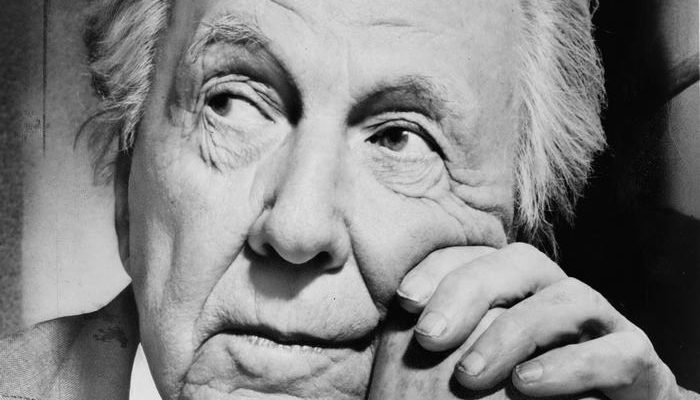Architecture is a fascinating field, painting the canvas of human civilization with magnificent structures and iconic buildings. The history of architecture takes us through various eras and styles, reflecting changes in society, technology, and culture. From the grandeur of the Gothic era to the minimalist approach of Modernism, the story of architecture is as diverse as it is captivating.
In this journey, we’ve seen the rise of many famous architects in history. These individuals didn’t just design buildings. They created masterpieces that have withstood the test of time, their names etched in history forever. They are the legendary architects whose work gave us some of the most amazing architecture and architectural wonders.
This list takes you through the lives and works of ten of the most famous architects of all times. From Michelangelo’s remarkable contributions during the Renaissance to Frank Gehry’s bold and innovative designs in the contemporary world. We’ll explore the architects who shaped the world’s skylines and influenced countless generations of architects who followed them.
10 – Michelangelo – The Renaissance Mastermind
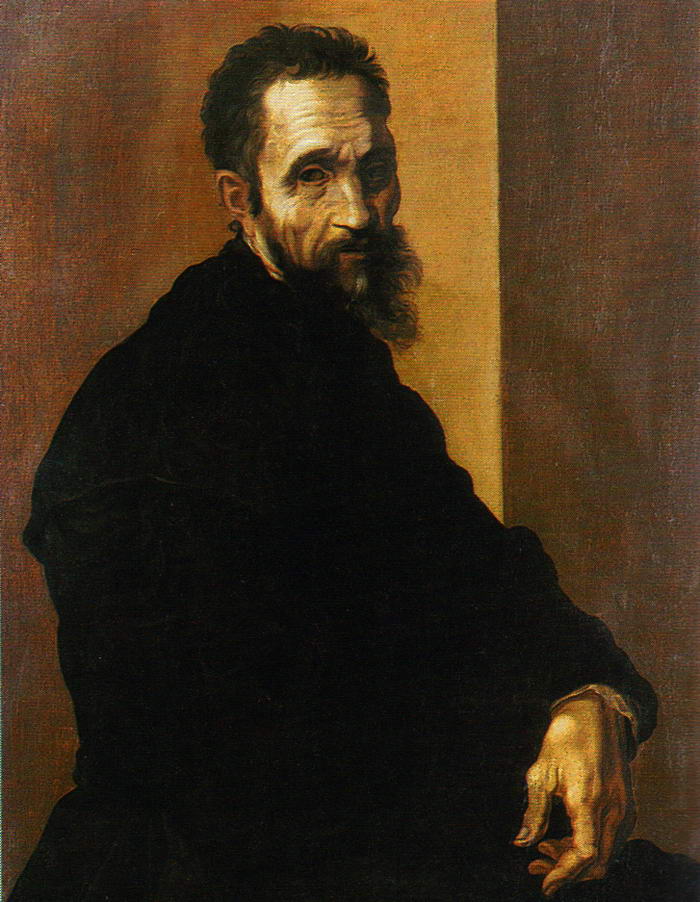
Renowned primarily for his prowess in painting and sculpture, Michelangelo deserves his place amongst the most revered famous architects in history for his architectural prowess. Born in 1475, this Italian polymath was a pivotal figure in the High Renaissance, leveraging his keen eye for proportion and detail in every facet of his work.
His most significant architectural feat, the St. Peter’s Basilica in Vatican City, is a testament to his visionary genius. As the principal designer, Michelangelo elevated the Basilica’s design, incorporating grandeur with spiritual symbolism. His crowning achievement, the Basilica’s dome, is still the tallest in the world, inspiring countless domes worldwide, including the United States Capitol.
Another notable contribution was the Laurentian Library in Florence. Michelangelo’s innovative ideas in this project, such as the dynamic staircase and unconventional columns, were groundbreaking, propelling the Mannerist style in architecture.
Michelangelo’s influence on architecture is undisputable. His contribution to the Renaissance and his forward-thinking approach have cemented his legacy as a legendary architect, shaping the course of architectural history.
09 – Mimar Sinan – The Ottoman Stalwart
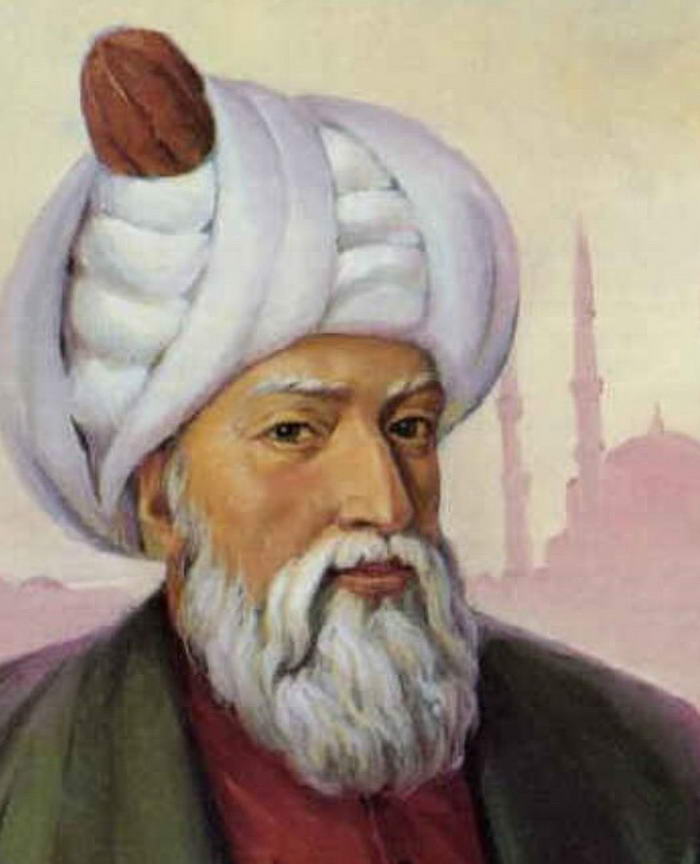
Hailing from the heart of the Ottoman Empire, Mimar Sinan is one of the most famous architects of the 16th century. Born in 1490, Sinan’s architectural journey spanned almost fifty years, during which he served as the chief royal architect.
Sinan’s architectural style, often described as a harmonious blend of Islamic and Byzantine influences. He left an indelible mark on the Ottoman landscape. Among his many architectural wonders is the Selimiye Mosque in Edirne. With its grand dome and sky-piercing minarets, the mosque is a testament to Sinan’s ability to balance practicality with aesthetics, pushing the limits of architectural design.
Another masterpiece, the Süleymaniye Mosque in Istanbul, exhibits Sinan’s genius in handling light and space. The mosque, with its four minarets, intricate domes, and expansive courtyard, exudes a sense of divine majesty, showcasing Sinan’s mastery over grand-scale projects.
Mimar Sinan’s innovative design principles and his capacity to create architectural marvels have made him an eternal figure in the annals of architectural history.
08 – Sir Christopher Wren – The Rebuilder of London
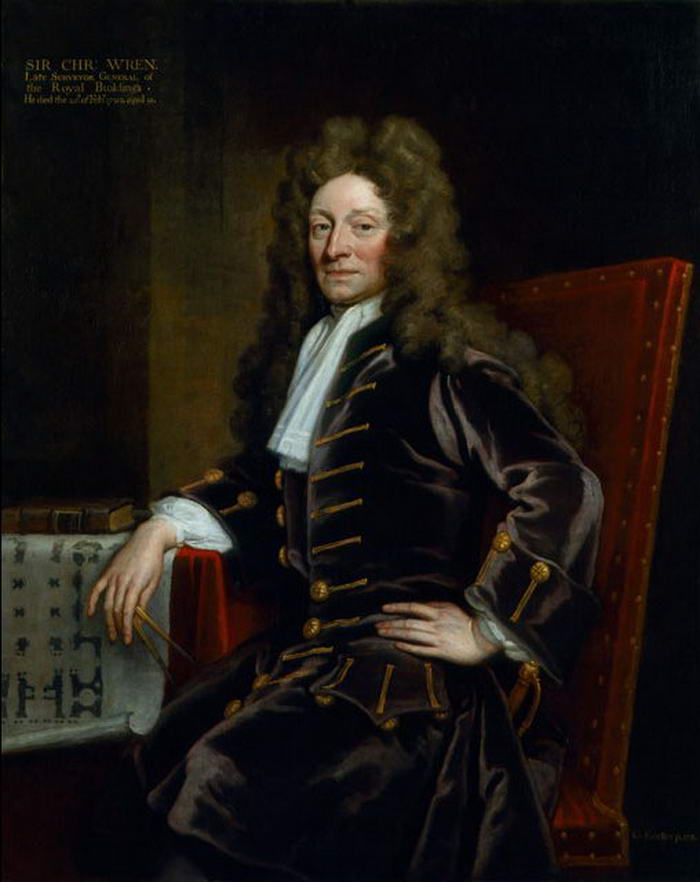
A pivotal figure in British architecture! Sir Christopher Wren, is best known for his role in rebuilding London after the Great Fire of 1666. Born in 1632, Wren was a man of many talents, including astronomy and mathematics. Still, it’s his contributions to architecture that he’s most celebrated for.
Wren’s most notable work is the iconic St. Paul’s Cathedral, a masterpiece of English Baroque architecture. With its imposing dome, the Cathedral stands as a symbol of London’s resilience and is an amazing architecture landmark that attracts millions of visitors every year.
Wren’s other notable contributions include the Royal Naval College in Greenwich and the Kensington Palace, both bearing his distinctive blend of classical and baroque styles. His works are characterized by their symmetry, grandeur, and intricate detailing, reflecting his mathematical background.
Sir Christopher Wren’s impactful contributions to London’s architectural landscape post the Great Fire have earned him a spot amongst the most famous architects in history.
07 – Louis Henry Sullivan – The Father of Skyscrapers
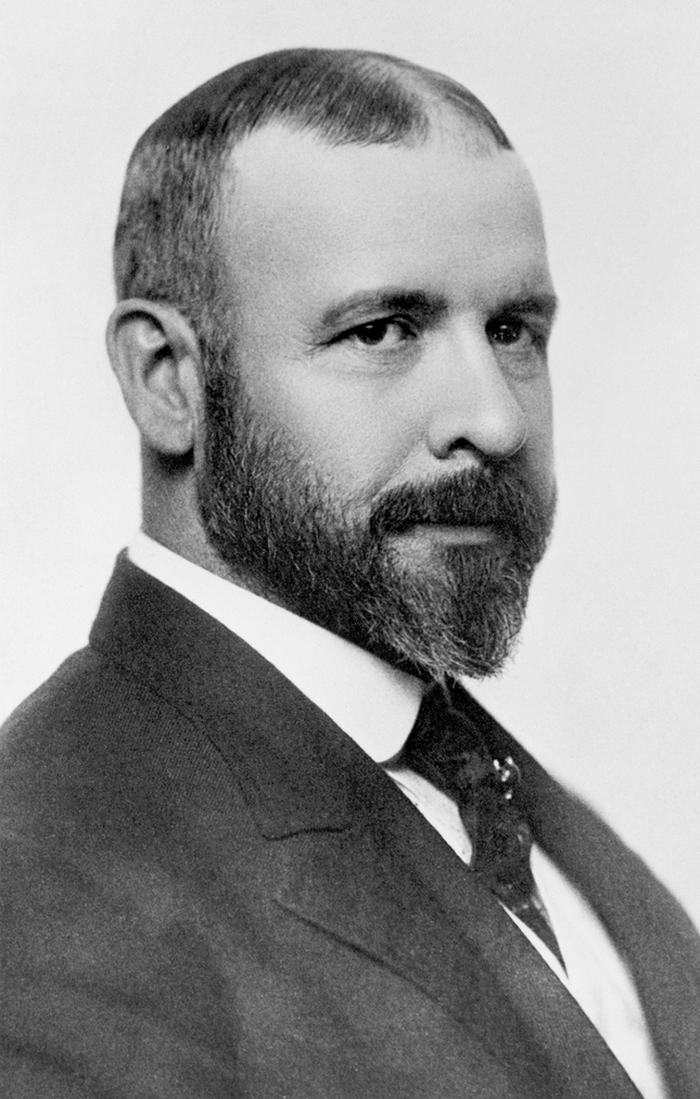
Born in 1856, Louis Henry Sullivan is a towering figure in American architecture, often hailed as the “father of skyscrapers”. Sullivan’s career spanned the late 19th and early 20th centuries, a period when the urban landscape of American cities was rapidly evolving.
Sullivan’s most significant contribution was the development of the steel-frame skyscraper. His Wainwright Building in St. Louis, Missouri, is often considered the first successful utilization of steel-frame construction, setting a precedent for future high-rise buildings.
Sullivan’s philosophy of “form follows function” became a guiding principle in architecture, influencing future generations of architects, including his famous apprentice, Frank Lloyd Wright. His emphasis on organic ornamentation added a unique aesthetic dimension to his buildings, making them stand out.
Through his innovative designs and philosophy, Louis Henry Sullivan has left a lasting legacy in the field of architecture, shaping the modern city skyline we see today.
06 – Charles Édouard Jeanneret (Le Corbusier) – The Pioneer of Modern Architecture
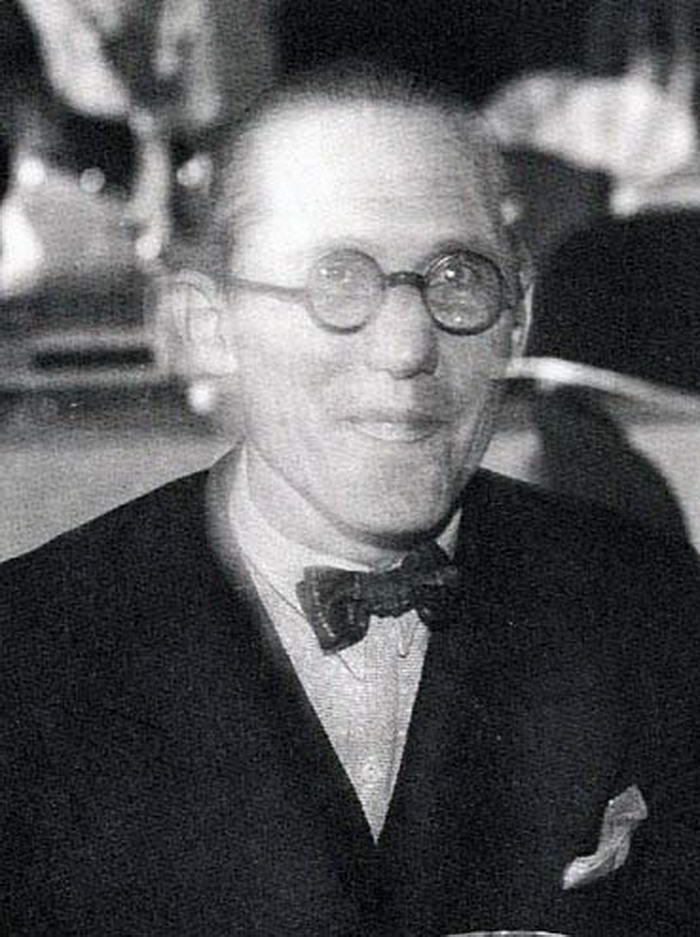
The next architect on our list is Charles Édouard Jeanneret, better known as Le Corbusier. Born in 1887 in Switzerland, Le Corbusier is a central figure in the development of modern architecture.
Le Corbusier was a proponent of functionalism, believing that a building’s design should primarily serve its purpose. His works are characterized by simple geometric shapes, open floor plans, and the extensive use of concrete and steel. He embraced industrial materials and techniques, reflecting his belief that houses should be “machines for living.”
Among his most notable works are the Villa Savoye in France and the Unité d’Habitation in Marseille. Both display his innovative approach towards design, combining functionalism with aesthetics. Le Corbusier’s influence extends beyond architecture – he was also a city planner, painter, and writer, making significant contributions to these fields.
Le Corbusier’s revolutionary ideas and designs have undeniably left a lasting impact on 20th-century architecture, cementing his place as one of the most famous architects of all time.
05 – Antoni Gaudi – The Architect of Dreams
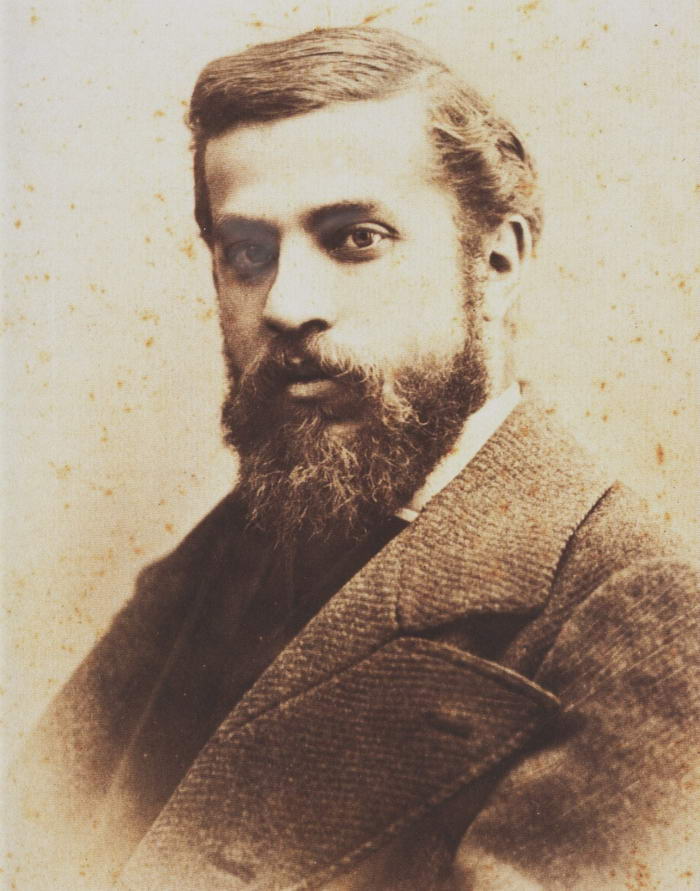
No list of famous architects in history would be complete without mentioning Antoni Gaudi. The Catalan architect known for his unique, dream-like designs. Born in 1852, Gaudi’s works are a celebration of nature, color, and originality.
Gaudi’s most famous work is the Sagrada Familia in Barcelona, a colossal basilica that remains unfinished to this day. The structure is a testament to Gaudi’s visionary approach, featuring towering spires, intricate facades, and a vibrant interior filled with natural light.
Gaudi’s other notable works include the Park Güell, Casa Batlló, and Casa Milà, all located in Barcelona. Each of these landmarks showcases Gaudi’s signature style – a blend of Gothic and Art Nouveau influences, organic forms, and vibrant mosaics.
Antoni Gaudi’s distinctive style and innovative use of materials have made him a legendary figure in architecture. He created some of the world’s most amazing architecture and architectural wonders.
04 – Ludwig Mies van der Rohe – The Master of Minimalism(commonly known by his surname, Mies)
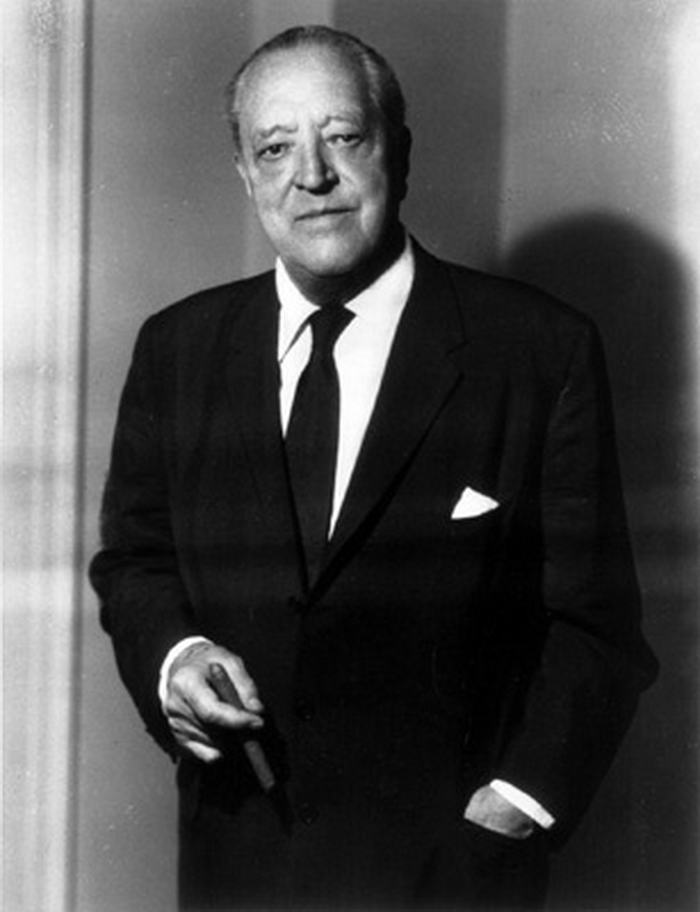
Our next architect, Ludwig Mies van der Rohe, was an unwavering advocate for simplicity and clarity in design. Born in 1886 in Germany, Mies was a pivotal figure in the development of modern architecture. He’s one of the most famous architects who left a profound impact on urban skylines across the globe.
A defining attribute of Mies’ architectural style is his “less is more” approach. His designs exude a sleek, refined aesthetic, using modern materials like steel and glass to create open, flexible spaces. His work epitomizes the minimalist style in architecture, stripping down buildings to their structural essentials.
One of his most iconic works is the Seagram Building in New York City. It is a model of the functional, unadorned style that Mies championed. The Farnsworth House, another one of his masterpieces. This architectural marvel is a stunning example of his minimalist approach, with its open layout and clear lines.
Mies van der Rohe’s legacy remains significant, his principles continuing to guide the path of modern architecture.
03 – Ieoh Ming Pei – The Architect of Light and Space
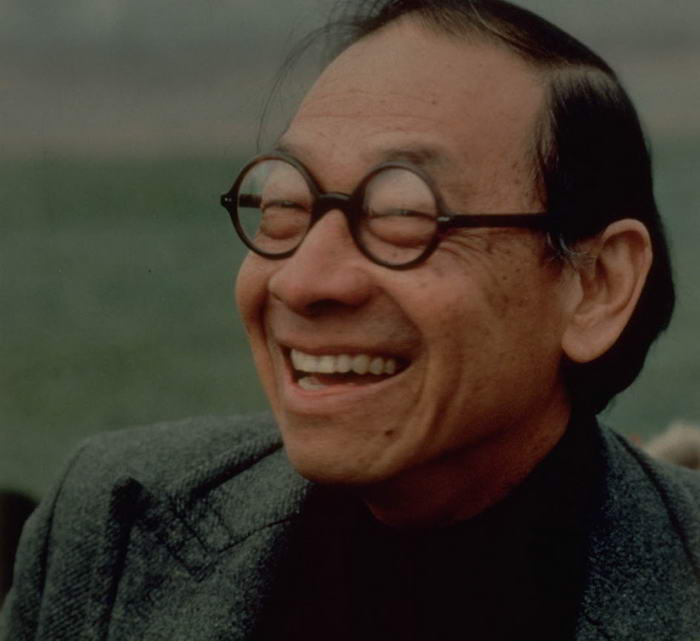
Ieoh Ming Pei was a Chinese-American architect renowned for his bold, geometric designs that skillfully integrate with their surroundings. Born in 1917 in Guangzhou, China, Pei left a remarkable array of works that spanned over seven decades.
Pei’s designs are distinguished by their striking forms, innovative use of materials, and meticulous attention to light. He often drew inspiration from traditional Chinese architecture, blending it with modern design principles.
The glass pyramid at the Louvre Museum in Paris is one of Pei’s most iconic works. The structure is a masterstroke of modern design, blending seamlessly with the historic Louvre building while standing as an architectural marvel in its own right. Pei’s other works, such as the Bank of China Tower in Hong Kong and the JFK Library in Boston, also demonstrate his unique, transformative vision.
Ieoh Ming Pei’s blend of traditional and modern elements, along with his profound understanding of light and space, have secured his place among the world’s most famous architects.
02 – Frank Gehry – The Master of Deconstructivism
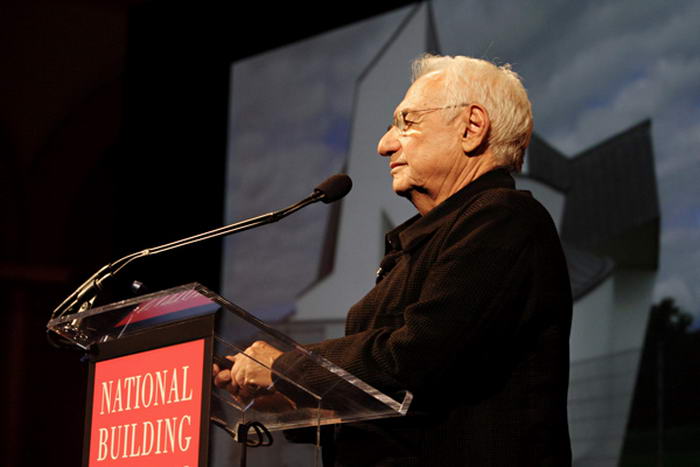
Gehry’s buildings, often characterized by their complex, undulating forms, appear as though they’ve been deconstructed and then pieced back together in an entirely new and unexpected way. His use of unconventional materials, such as corrugated metal and chain link, only adds to the distinctive character of his designs.
Perhaps Gehry’s most famous work is the Guggenheim Museum in Bilbao, Spain. With its sweeping metallic curves and captivating interplay of shapes, the museum is widely considered a masterpiece of deconstructivist architecture. Another iconic Gehry design is the Walt Disney Concert Hall in Los Angeles. With its exterior of undulating stainless steel panels that evoke the sails of a ship.
Frank Gehry’s extraordinary creativity and audacious designs continue to challenge architectural conventions, making him a true legend in the field.
01 – Frank Lloyd Wright – The Pioneer of Organic Architecture
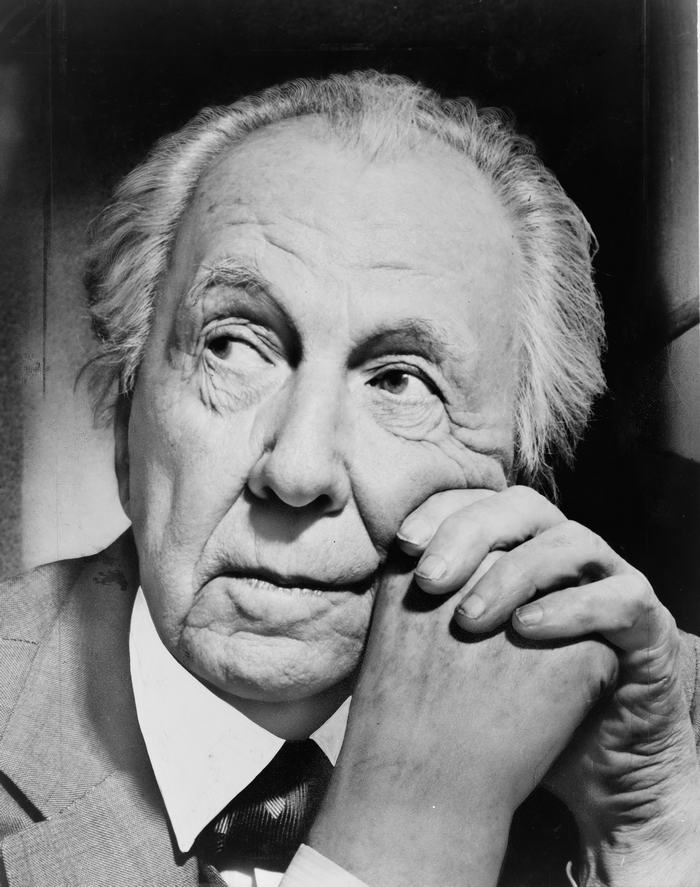
Last but certainly not least, we have Frank Lloyd Wright! An iconic American architect who exerted a profound influence on architecture worldwide. Born in 1867, Wright is famous for his philosophy of organic architecture, which promotes harmony between human habitation and the natural world.
Wright’s designs are famous with their strong horizontal lines, open floor plans, and integration with nature. He often used natural materials like wood and stone, and his buildings were carefully sited to engage with their surroundings.
Among Wright’s numerous notable works, the Fallingwater house stands out as a masterpiece. Built over a waterfall, this remarkable home exemplifies Wright’s vision of organic architecture, with its strong connection to the surrounding landscape. Similarly, the Guggenheim Museum in New York City illustrates Wright’s capacity to break away from traditional architectural forms. Its unique spiral form is definitely one of a kind!
Frank Lloyd Wright’s pioneering ideas and groundbreaking designs have made him one of the most famous architects in history, and his influence continues to be felt in the architectural world to this day.
Conclusion
In the world of architecture, the names of these ten luminaries will always shine brightly. Their innovative ideas, distinctive styles, and iconic works have not only transformed our built environment but also reshaped our understanding of what architecture can be. As we marvel at their creations, we are reminded of the enduring power and beauty of amazing architecture. From skyscrapers that touch the clouds to homes that blend seamlessly with the natural landscape. These architectural wonders bear testimony to the genius of their creators and continue to inspire new generations of architects.
And remember, architecture is not just about buildings! It’s about creating spaces that enhance our lives, reflect our values, and inspire our imaginations. So, whether you’re exploring a city’s skyline or simply appreciating the design of a local building, take a moment to consider the architects behind these structures. Their vision and creativity have shaped our world in countless ways, and for that, they deserve our admiration and gratitude.


